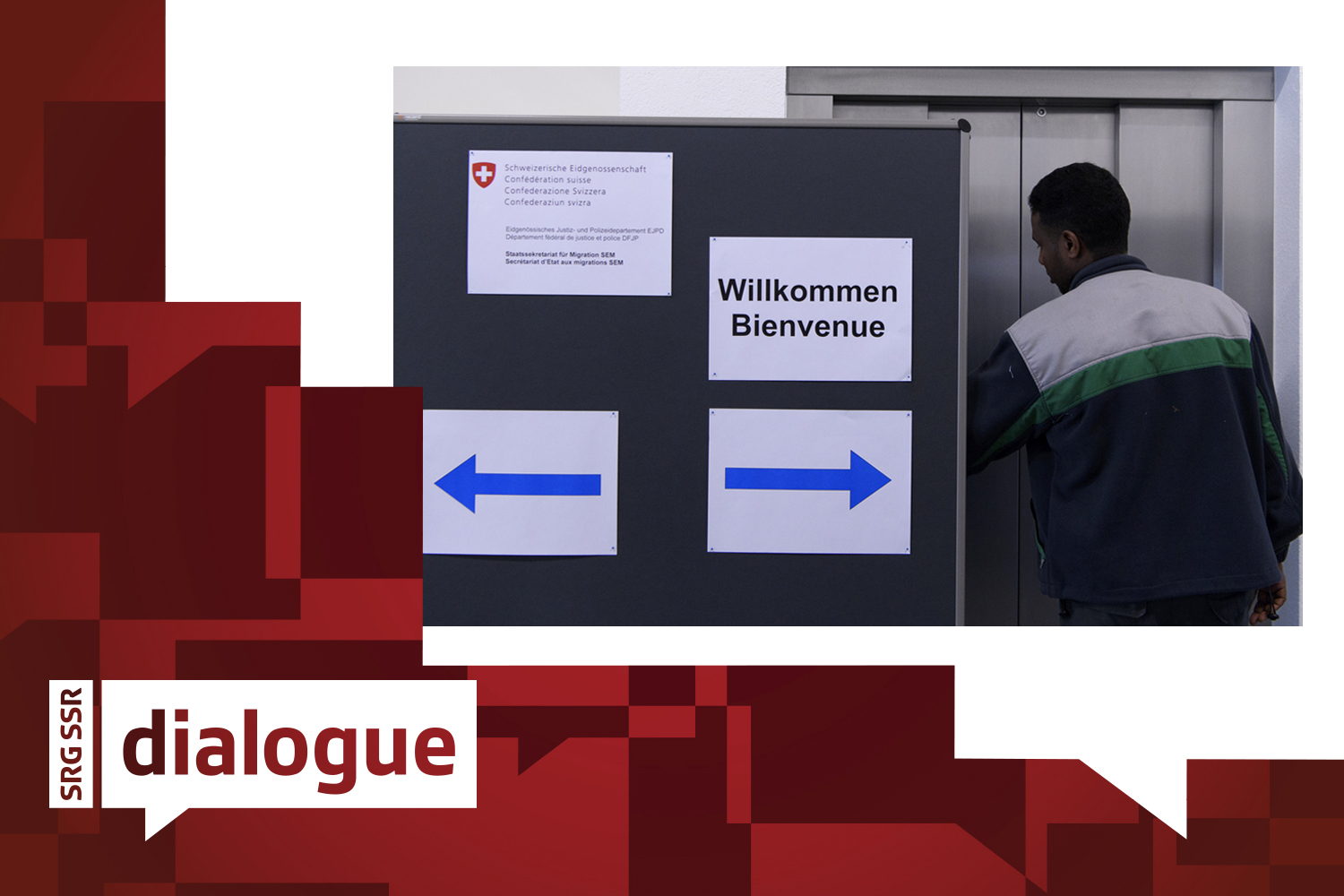
Switzerland sees surge in immigration: labor market demand drives increase

Immigration to Switzerland increased again last year. 98,851 more people immigrated than emigrated. According to the federal government, net immigration thus increased by 11.8% compared to 2022, mainly due to the high demand on the labour market. At the end of 2023, around 2.3 million foreign nationals were living permanently in Switzerland.
Immigration to the permanent foreign resident population increased by 19,118 people to 181,553 in 2023 compared to the previous year, as reported by the State Secretariat for Migration (SEM) on Thursday. At the same time, 75,291 people emigrated from the permanent foreign resident population, 1,555 more than in 2022.
Of the 181,553 people who immigrated to Switzerland last year, 71.9% came from a member state of the European Union (EU) or the European Free Trade Association (EFTA), of which Switzerland is a member. Immigration from the EU and EFTA increased by 14.1% to 130,483 people. Third-country nationals recorded an increase of 6.3% to 51,070 people.

More
Three Ukrainian women on the challenges of integrating in Switzerland
At the end of 2023, 1,540,798 EU/EFTA nationals and 772,419 third-country nationals were living permanently in Switzerland. In total, this amounts to 2,313,217 foreign nationals. Net immigration is calculated as the difference between immigration and emigration, including statistical corrections.
Italy and Germany in the lead
With 342,454 people, Italians remain the largest foreign population group in Switzerland, followed by German (326,033 people), Portuguese (260,462 people) and French (165,684 people) nationals. 41,073 foreign nationals were naturalised last year.
Over a period of 15 years, around 44% of all people who entered Switzerland in 2009 will have left Switzerland again by the end of 2023. If only EU/EFTA nationals are taken into account, this figure is slightly higher at 48%.
At the end of 2023, 15% of those admitted in 2009 had acquired Swiss citizenship, and 33% were in possession of a permanent residence permit.

More
What is your opinion of Switzerland’s asylum system?
Translated from German by DeepL/amva
This news story has been written and carefully fact-checked by an external editorial team. At SWI swissinfo.ch we select the most relevant news for an international audience and use automatic translation tools such as DeepL to translate it into English. Providing you with automatically translated news gives us the time to write more in-depth articles.
If you want to know more about how we work, have a look here, and if you have feedback on this news story please write to english@swissinfo.ch.

In compliance with the JTI standards
More: SWI swissinfo.ch certified by the Journalism Trust Initiative





























You can find an overview of ongoing debates with our journalists here . Please join us!
If you want to start a conversation about a topic raised in this article or want to report factual errors, email us at english@swissinfo.ch.